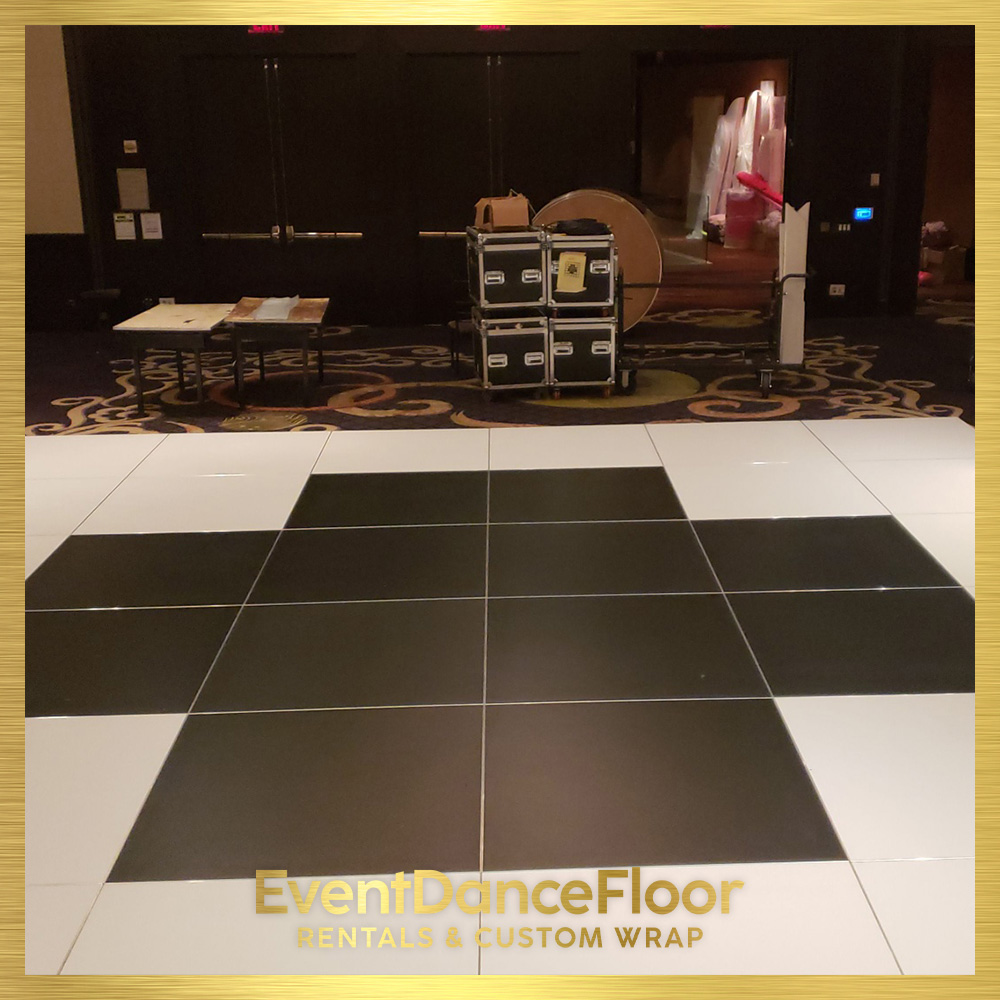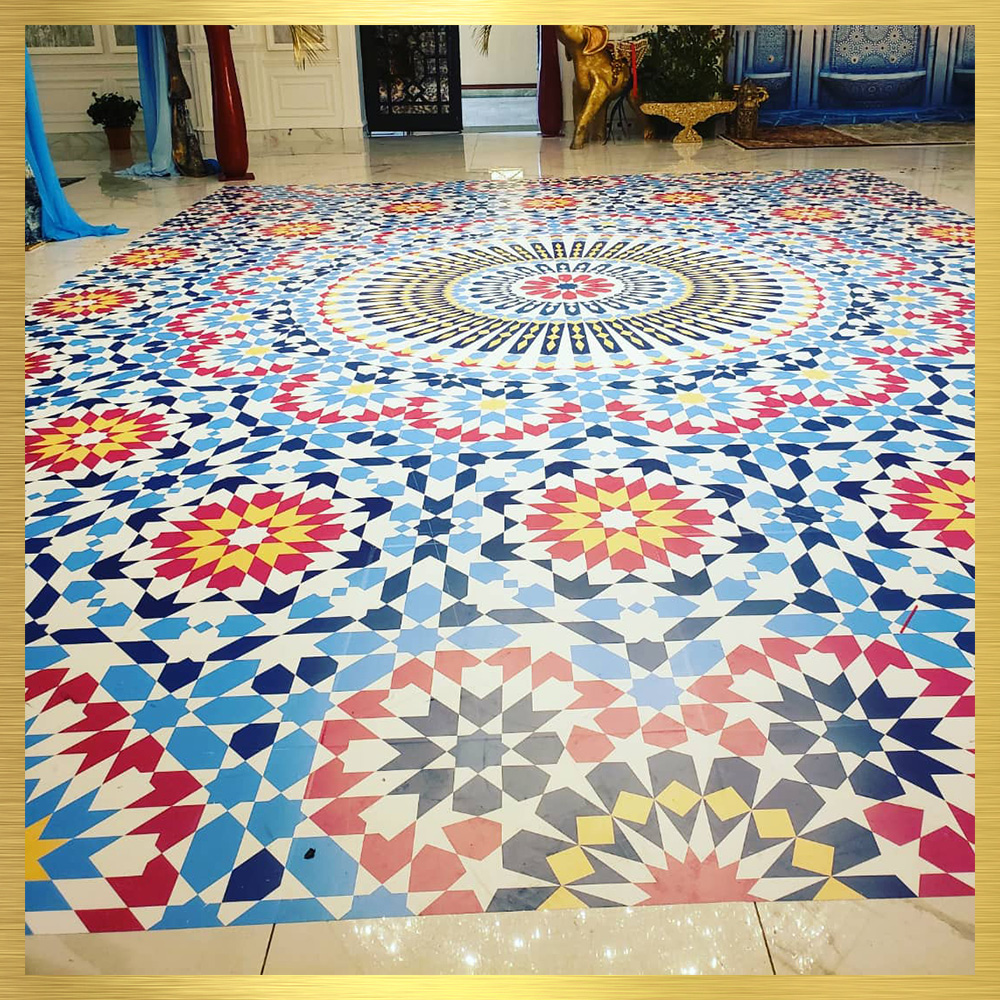Frequently Asked Questions
To ensure the LED dance floor is weatherproof for outdoor use, manufacturers must incorporate several key features and materials. The dance floor panels should be constructed with high-grade, UV-resistant polycarbonate or tempered glass to withstand direct sunlight and prevent discoloration. Each panel must be sealed with waterproof gaskets and silicone seals to prevent moisture ingress, ensuring the internal LED components remain dry. The electrical connections should be housed in IP65 or higher-rated enclosures to protect against rain and dust. Additionally, the flooring system should include anti-slip surfaces to maintain safety in wet conditions. Proper drainage systems should be integrated to prevent water accumulation, and the entire structure should be designed to withstand varying temperatures and humidity levels. By implementing these measures, the LED dance floor can maintain its functionality and aesthetic appeal in diverse outdoor environments.
The power requirements for installing an LED dance floor outdoors involve several critical considerations, including the total wattage, voltage, and amperage needed to ensure optimal performance and safety. Typically, LED dance floors require a power supply that can handle the cumulative wattage of all the LED panels, which can range from 50 to 200 watts per panel, depending on the size and brightness. It is essential to use a power distribution unit that can convert standard electrical supply, often 120V or 240V, to the low-voltage DC power that LEDs require, usually around 12V or 24V. Additionally, outdoor installations must account for weatherproofing and protection against moisture, necessitating the use of waterproof connectors and cables with appropriate IP ratings, such as IP65 or higher. Ground fault circuit interrupters (GFCIs) are recommended to prevent electrical hazards, and surge protectors can safeguard against voltage spikes. Proper load balancing across circuits is crucial to avoid overloading, and it may be necessary to consult with an electrical engineer to ensure compliance with local electrical codes and regulations.
To maintain the stability of an LED dance floor on uneven outdoor terrain, it is crucial to employ a combination of leveling techniques and structural support systems. First, adjustable pedestals or leveling feet should be used to compensate for any ground irregularities, ensuring a flat and stable surface. These pedestals can be fine-tuned to accommodate slopes or dips in the terrain. Additionally, interlocking floor panels with reinforced edges can provide extra stability and prevent shifting during use. For added security, anchoring the dance floor to the ground with stakes or weights can prevent movement caused by dynamic forces such as dancing or wind. Waterproof and weather-resistant materials should be utilized to protect the electronic components from moisture and environmental elements. Furthermore, incorporating a subfloor made of durable materials like plywood or composite can distribute weight evenly and reduce pressure points, enhancing the overall stability and safety of the LED dance floor.
For an LED dance floor in an outdoor setting, the best materials include weather-resistant polycarbonate panels, which provide durability and transparency for optimal light diffusion. These panels should be UV-stabilized to prevent discoloration from sun exposure. The substructure can be constructed from galvanized steel or aluminum to ensure rust resistance and structural integrity. Waterproof LED modules with IP67 or higher ratings are essential to withstand rain and moisture. Anti-slip coatings on the surface enhance safety, while modular interlocking systems facilitate easy installation and maintenance. Additionally, integrating a robust power supply with surge protection and using outdoor-rated cabling ensures reliable performance in various weather conditions.
Integrating an LED dance floor with outdoor lighting and sound systems involves synchronizing the RGB LED panels with DMX-controlled outdoor lighting fixtures and high-fidelity audio systems to create a cohesive entertainment experience. The LED dance floor can be programmed using advanced lighting control software to match the color schemes and patterns of the surrounding landscape lighting, such as uplights, spotlights, and string lights, enhancing the visual ambiance. Meanwhile, the sound system, equipped with wireless speakers and subwoofers, can be connected to a central audio mixer that allows for seamless transitions between music tracks and sound effects, ensuring that the beats and rhythms are perfectly in sync with the dynamic light displays. This integration can be further enhanced by using motion sensors and smart home automation systems, enabling real-time adjustments to the lighting and sound based on the movement and energy of the dancers, creating an immersive and interactive environment for events like weddings, parties, and festivals.

